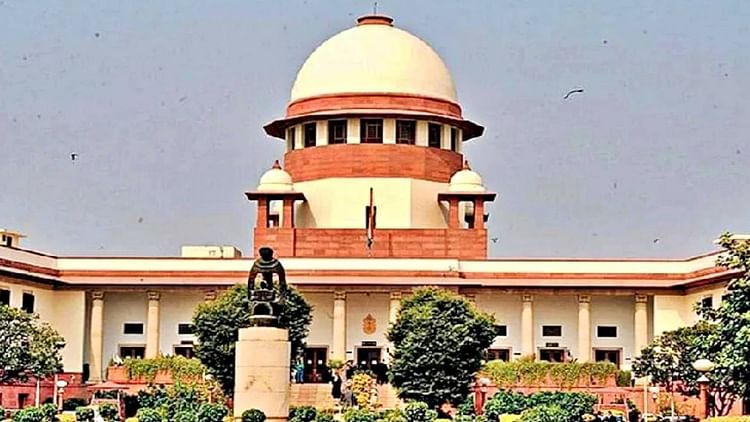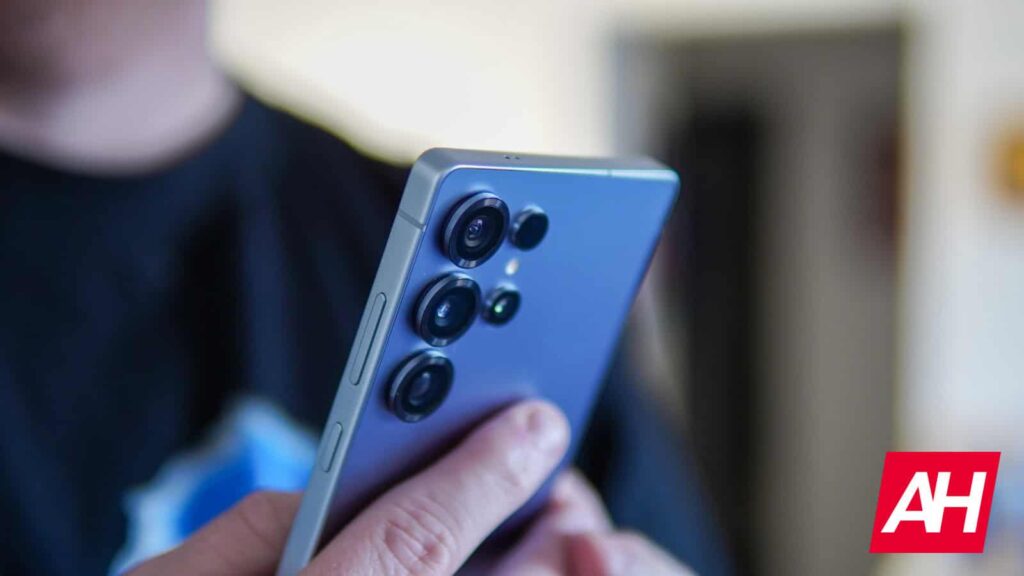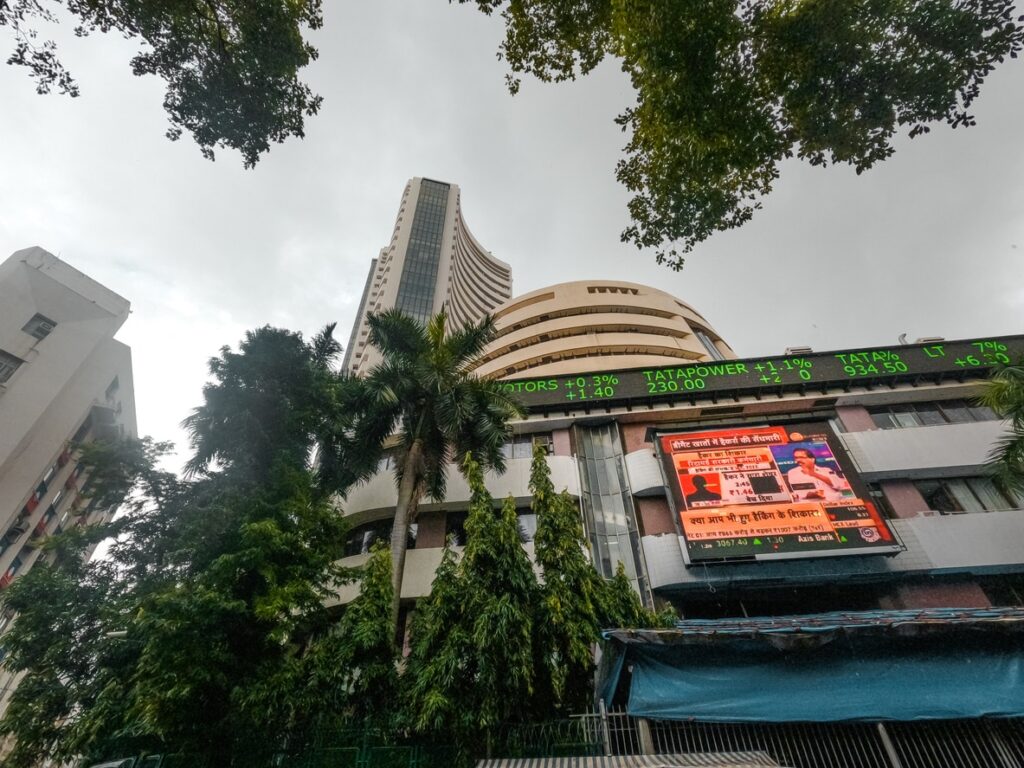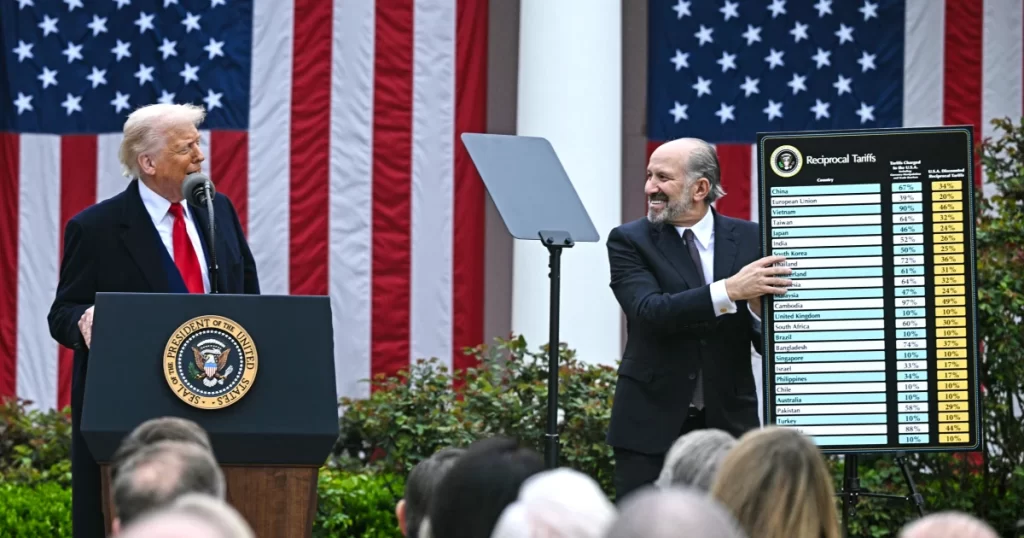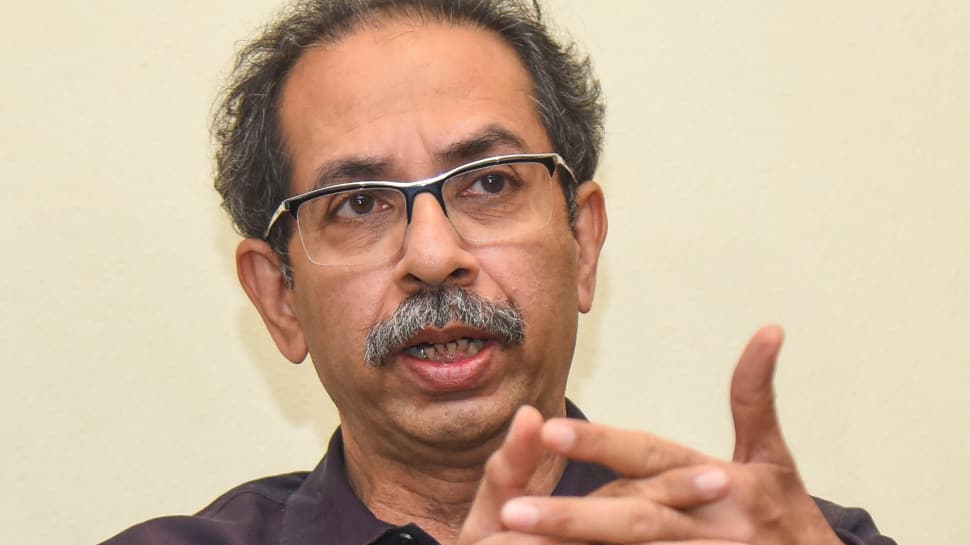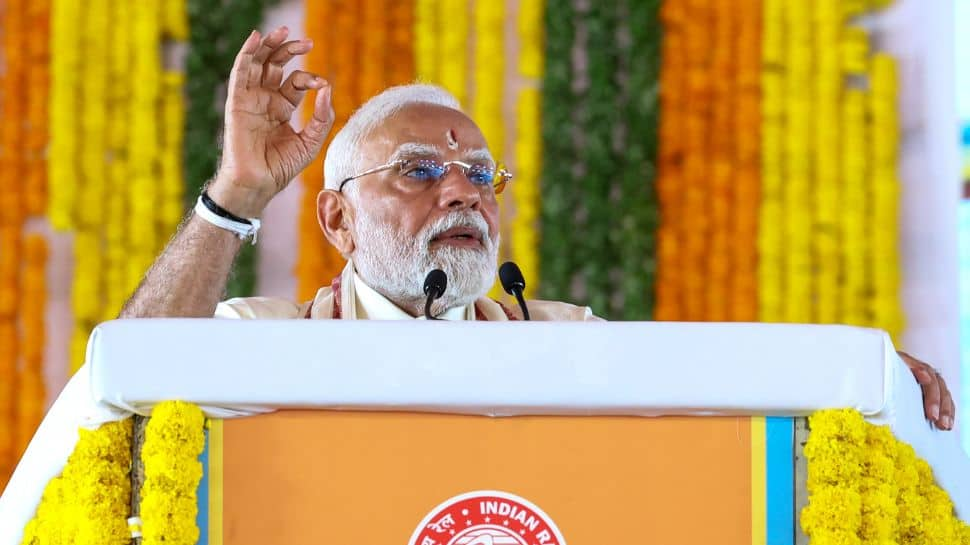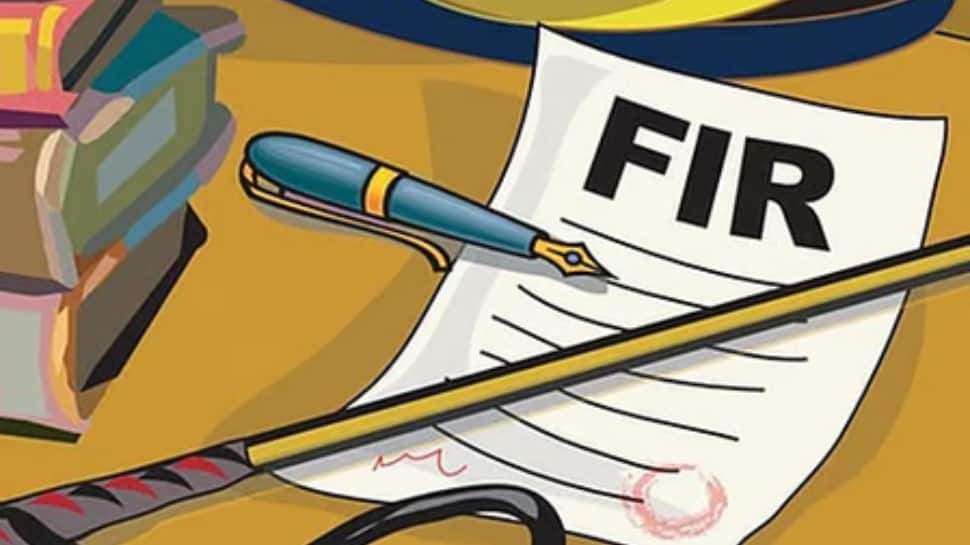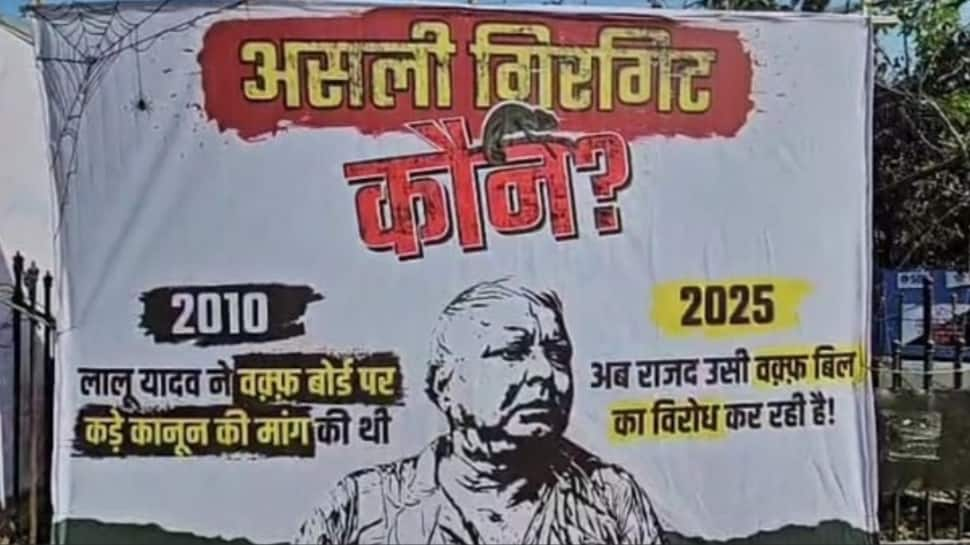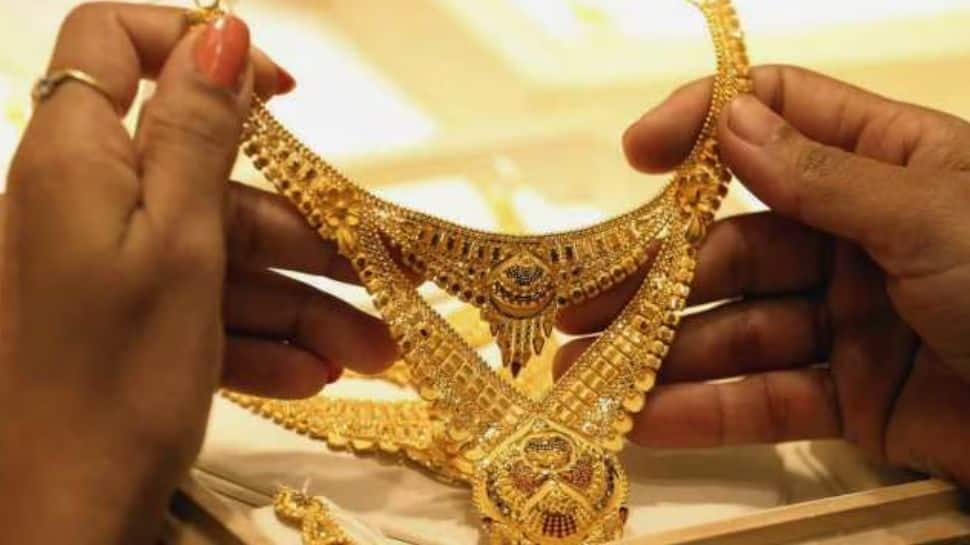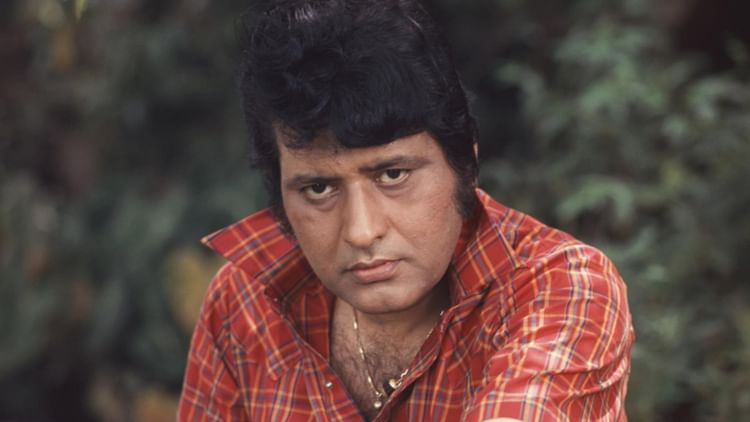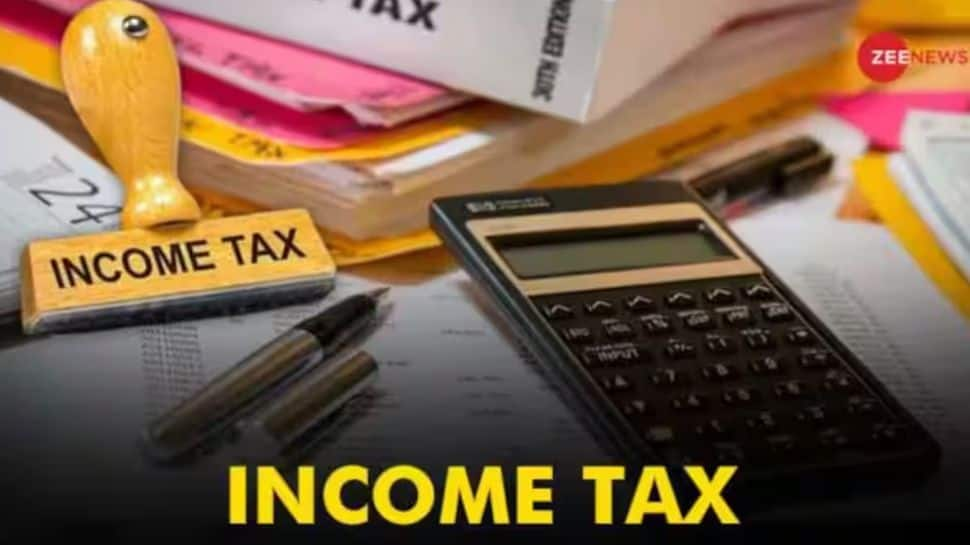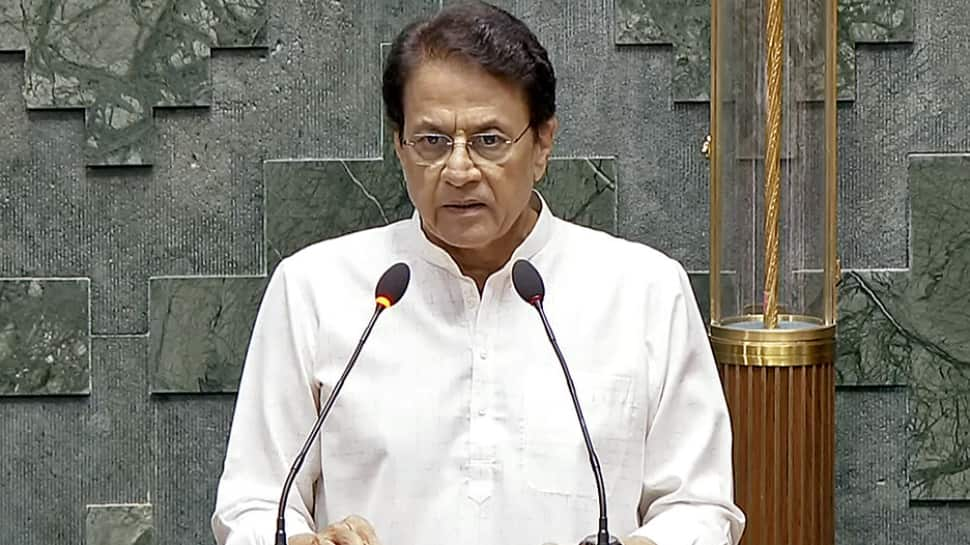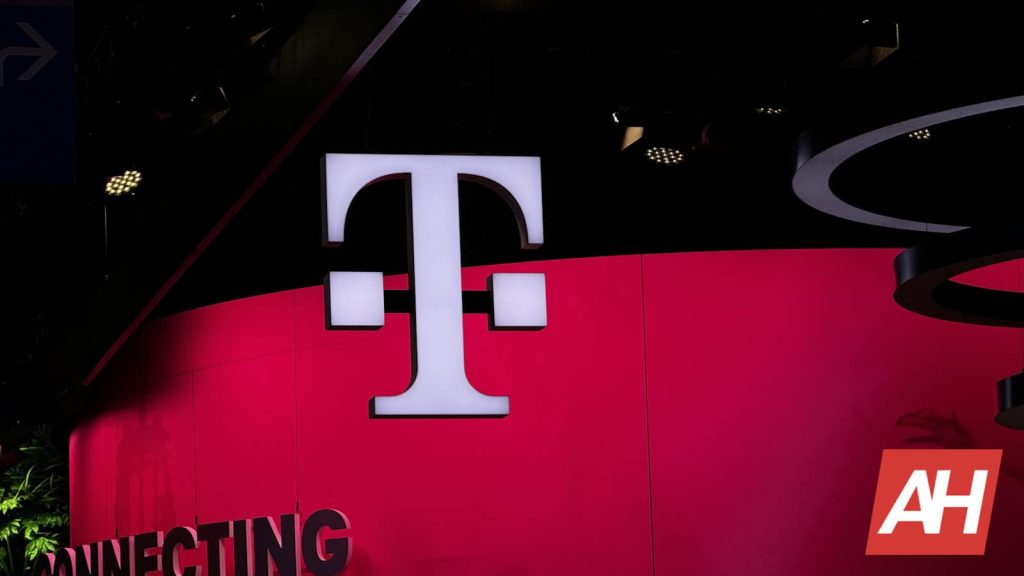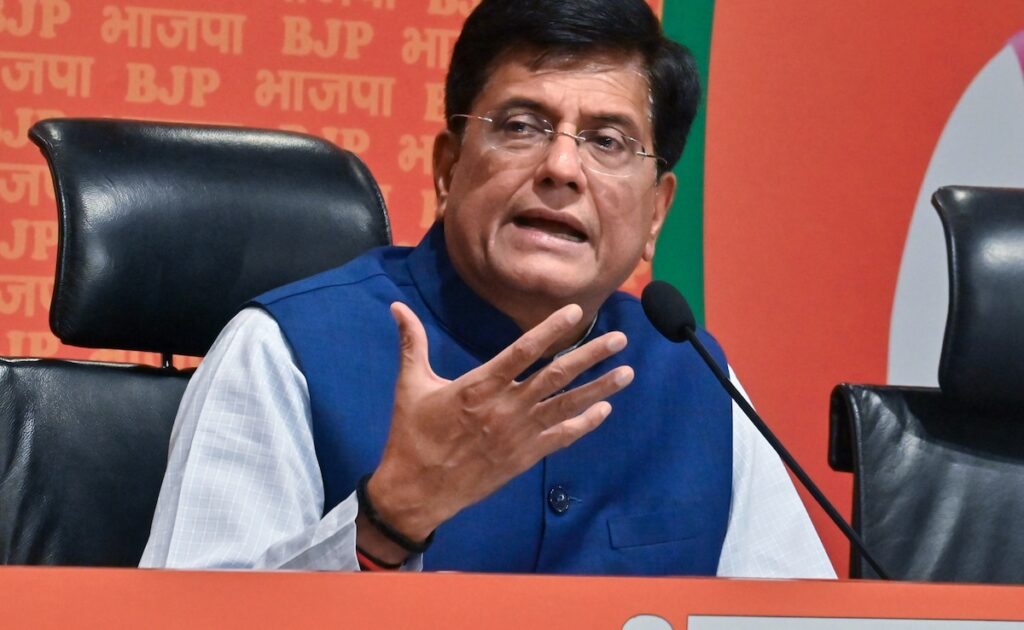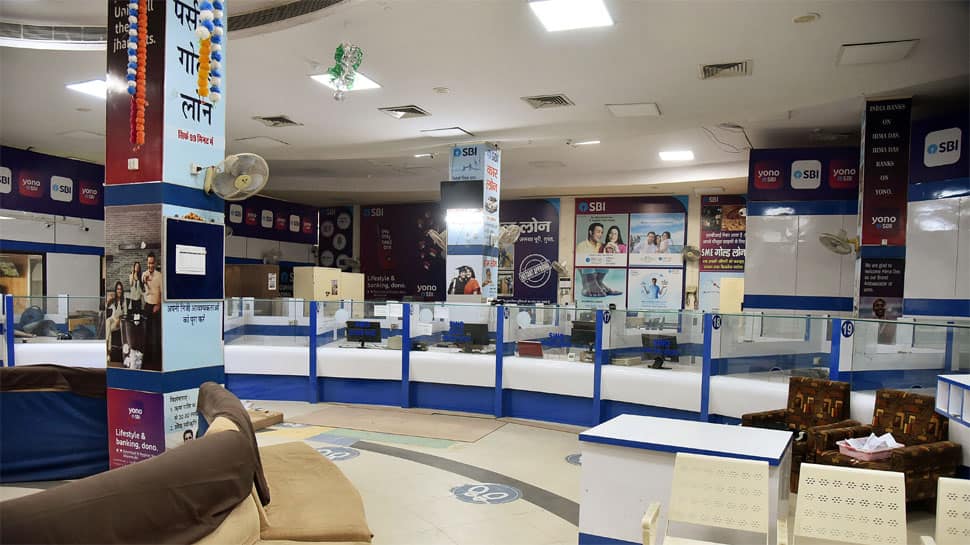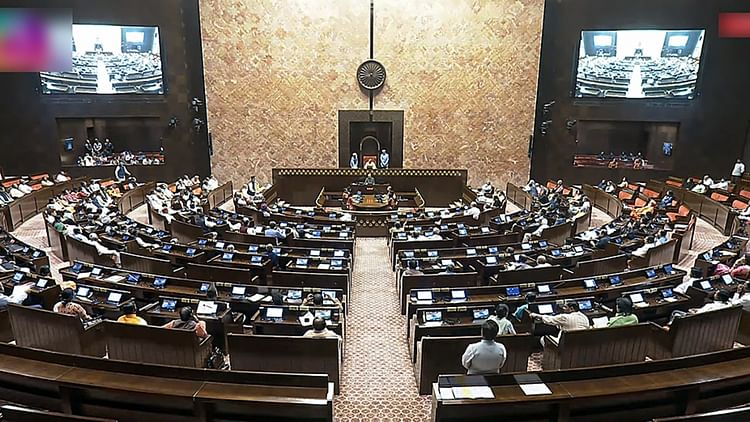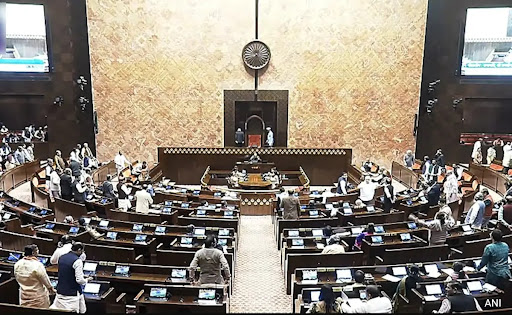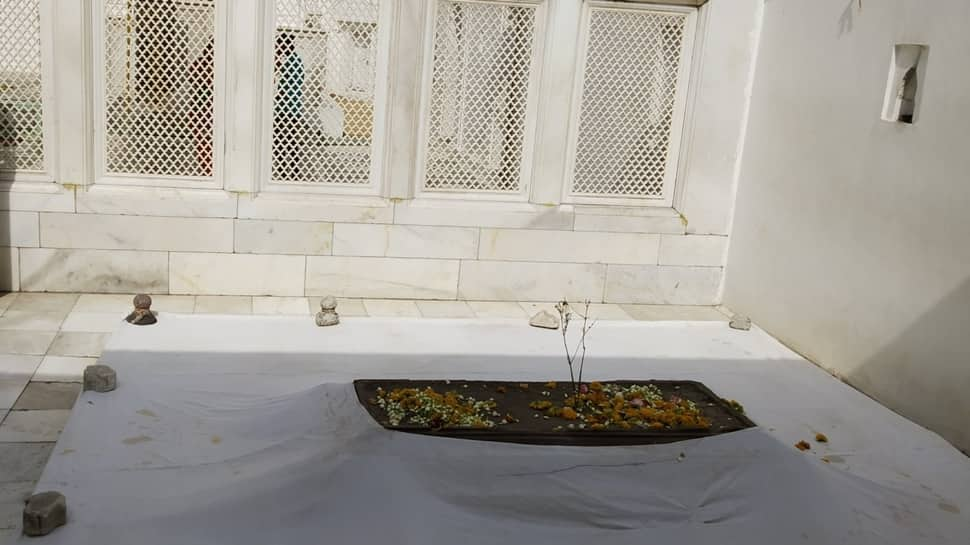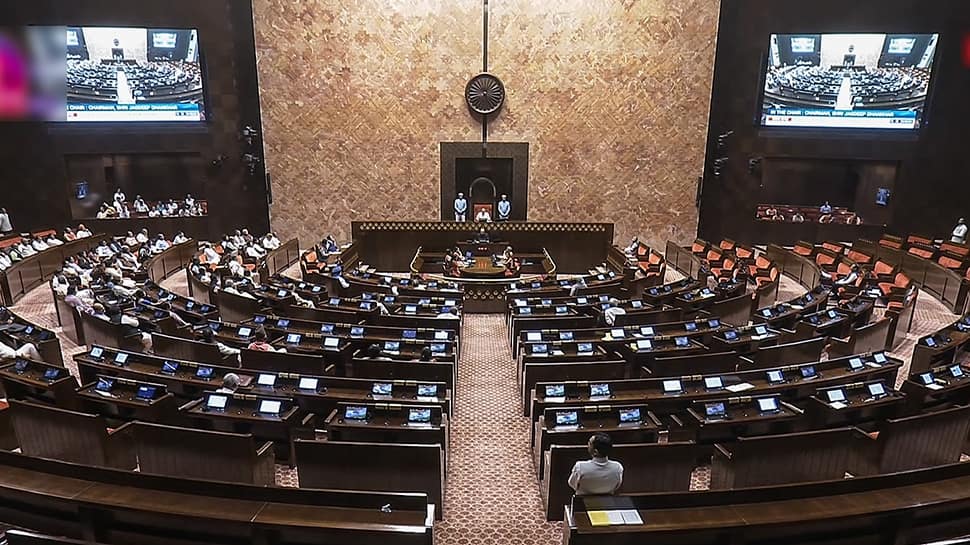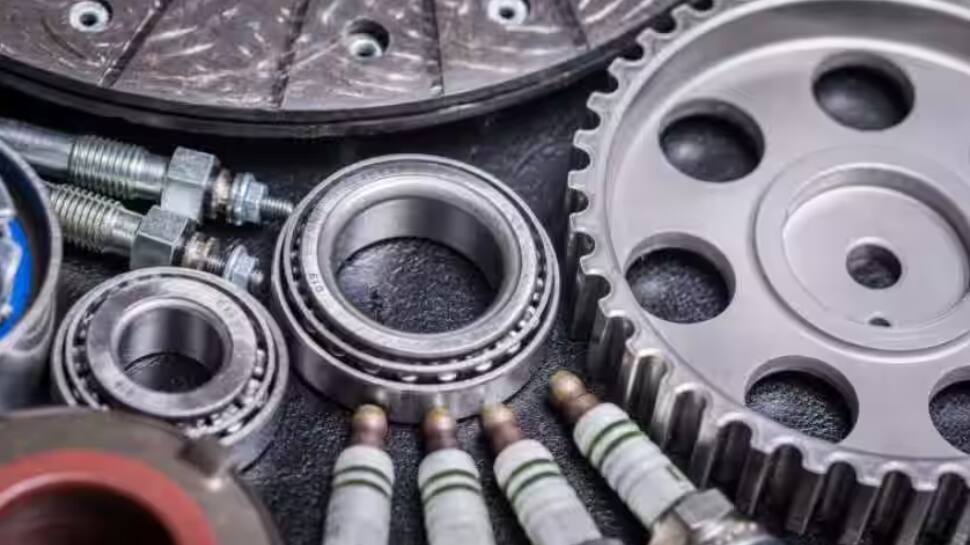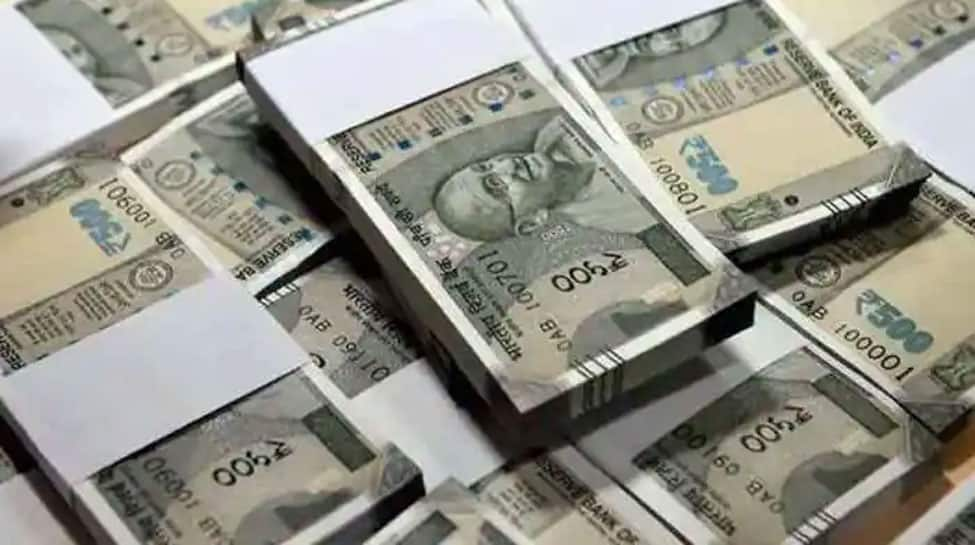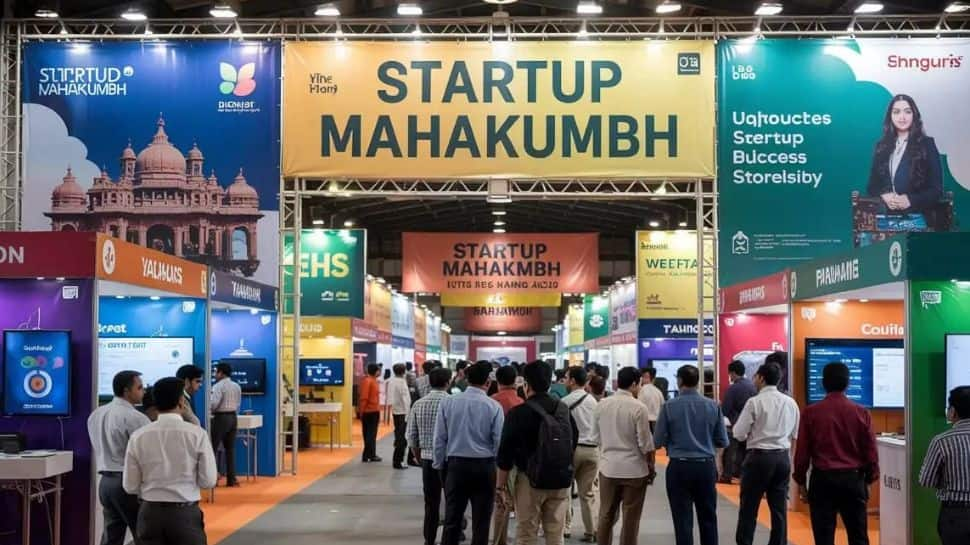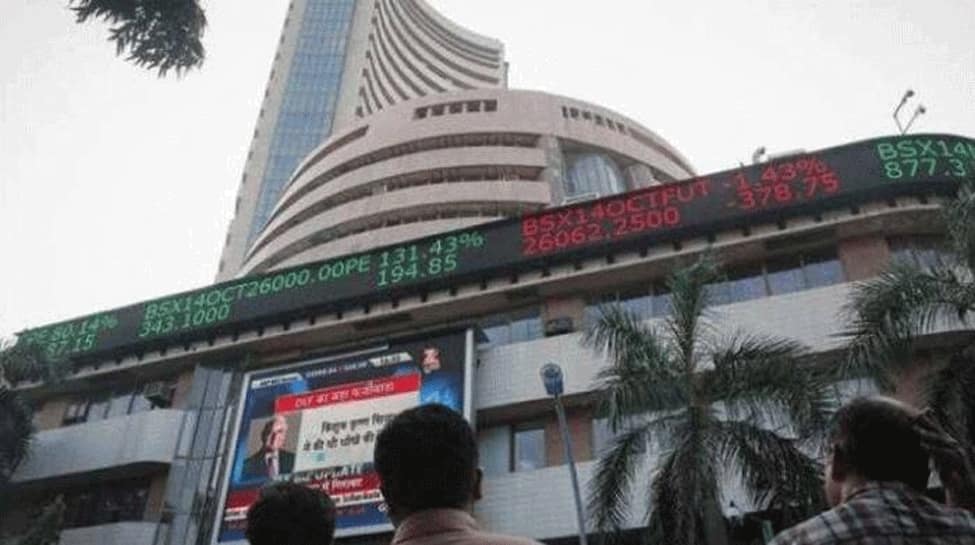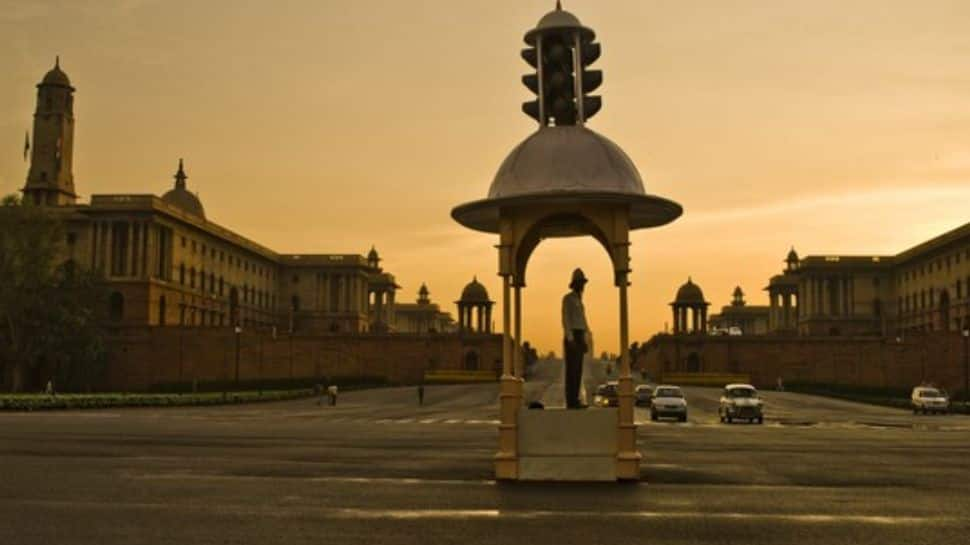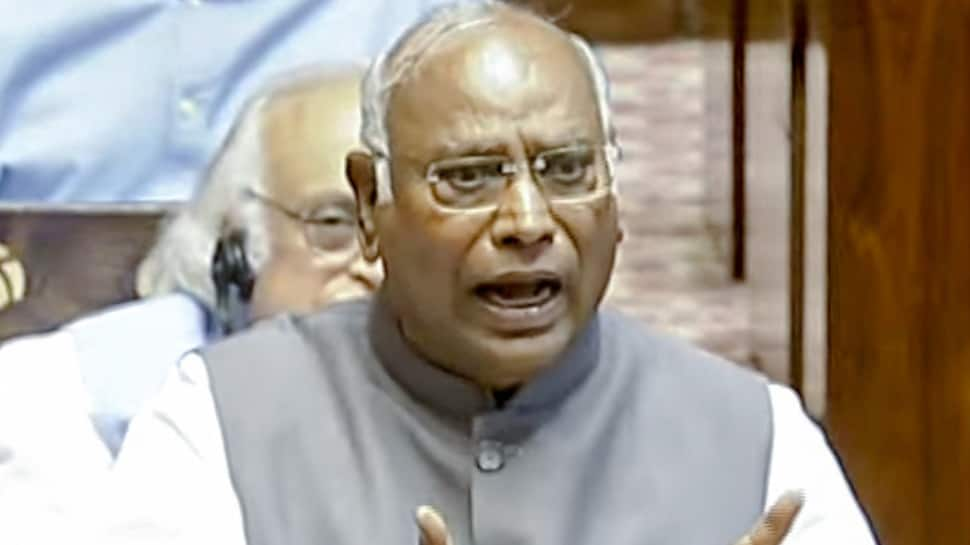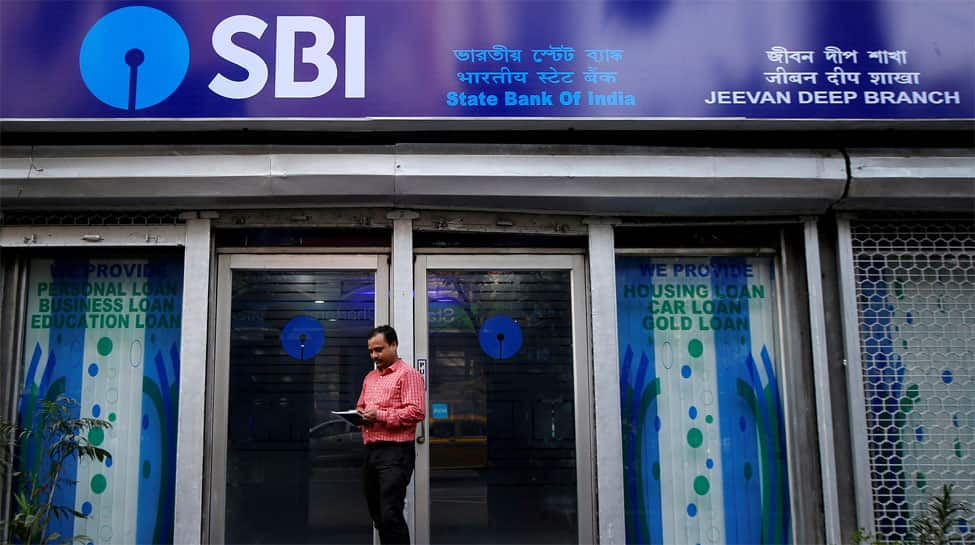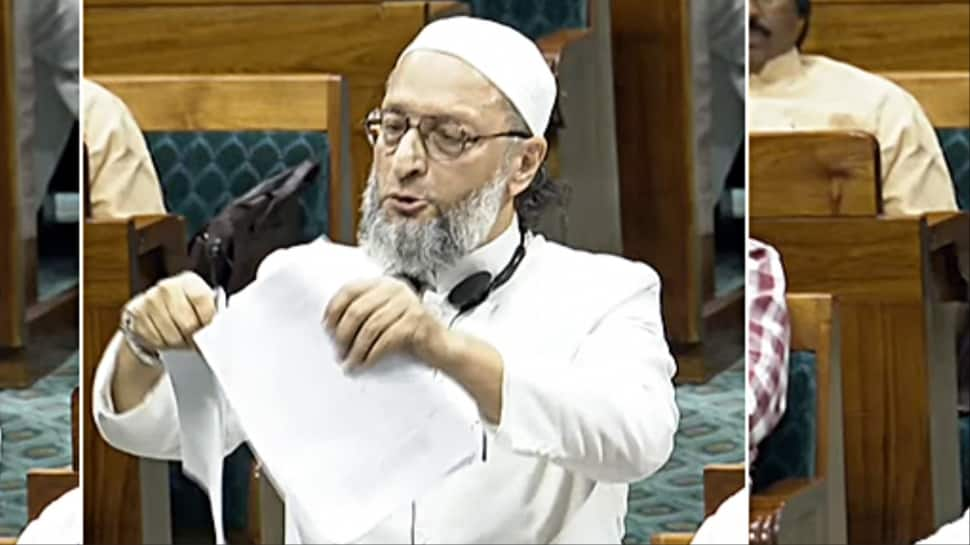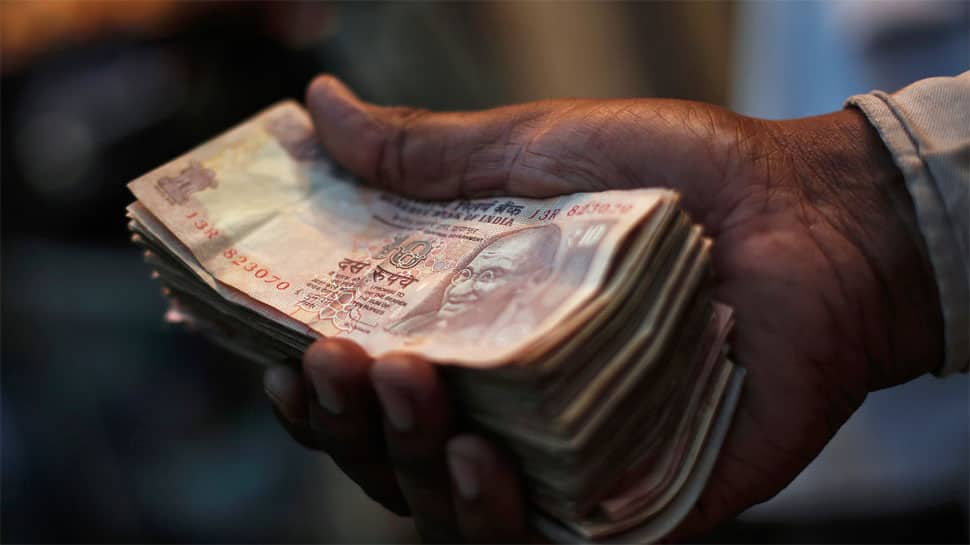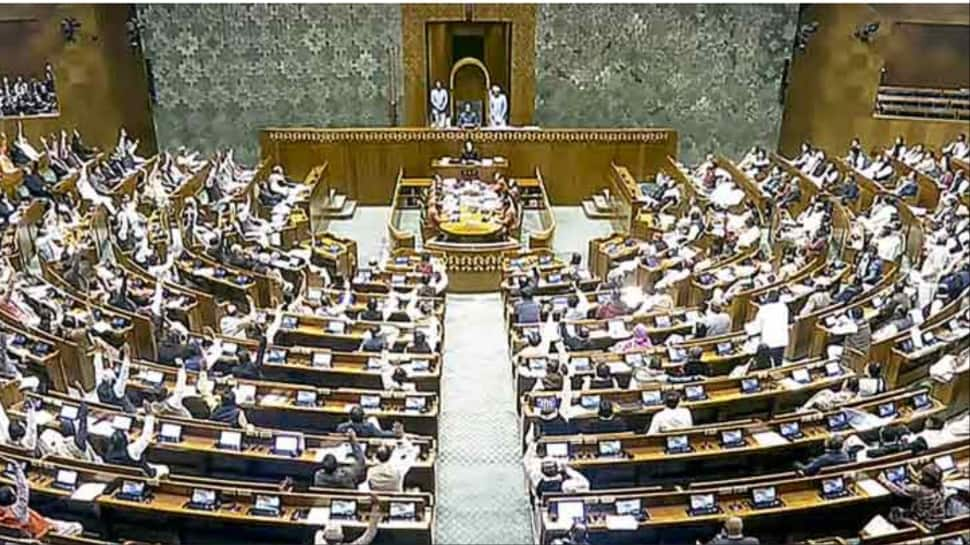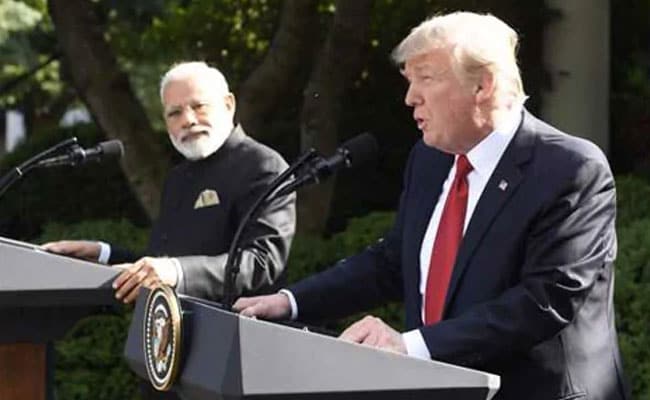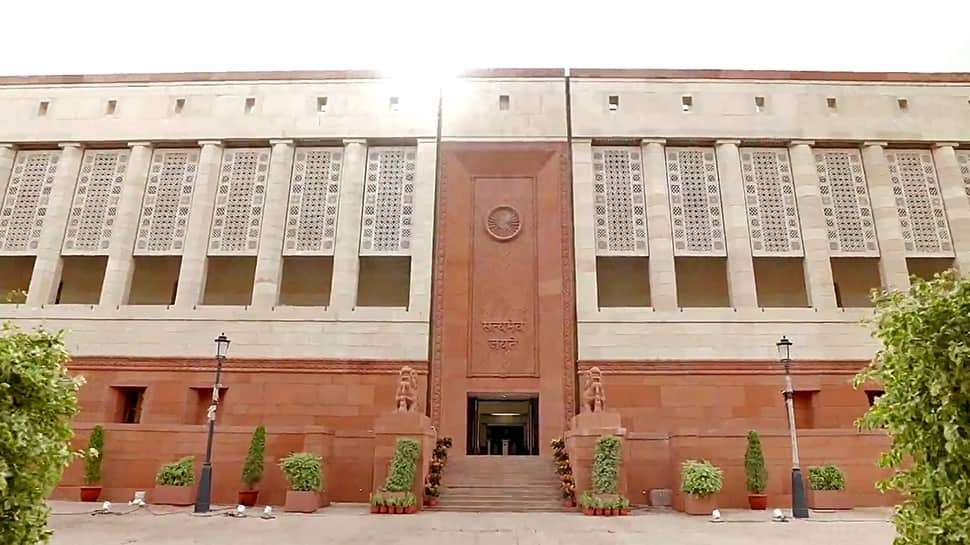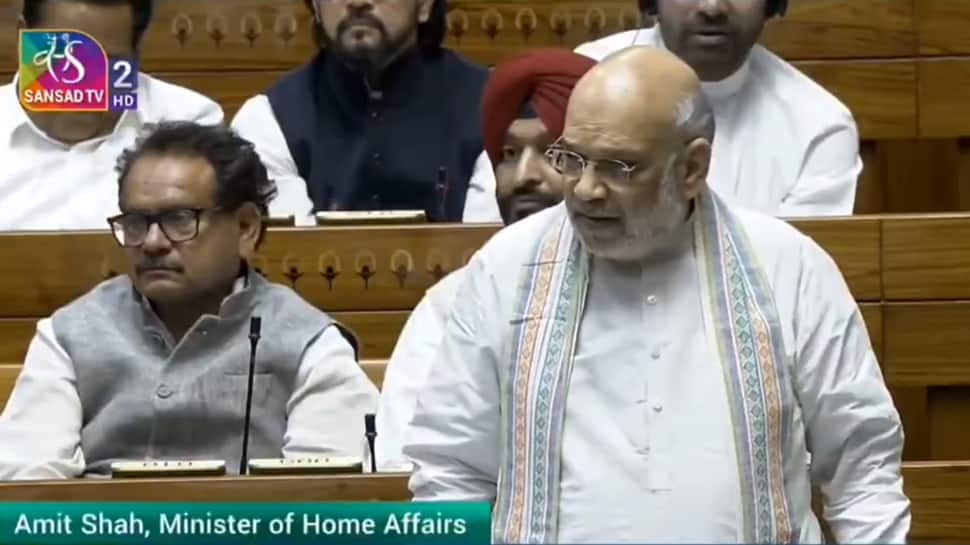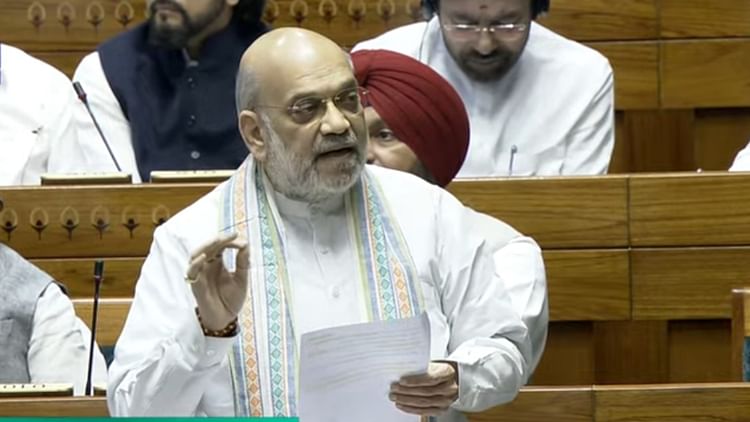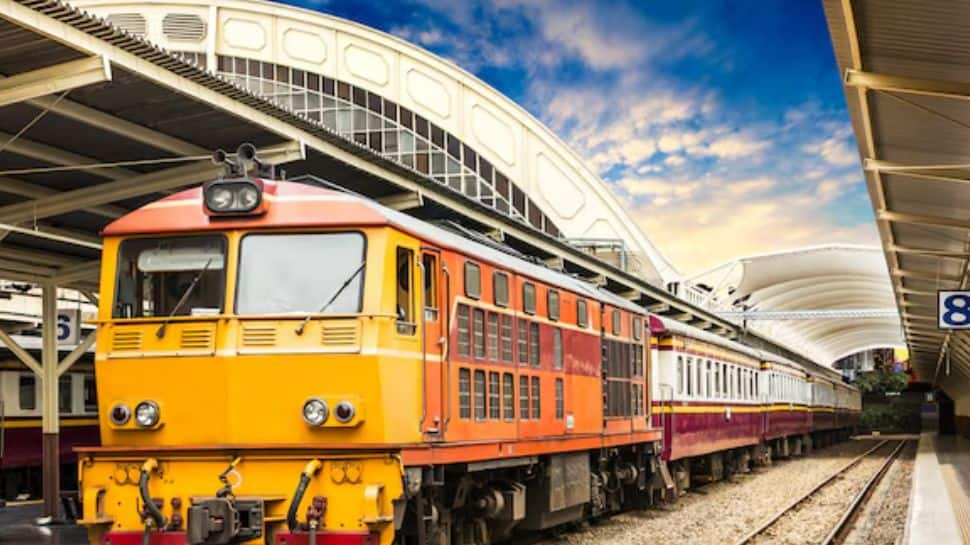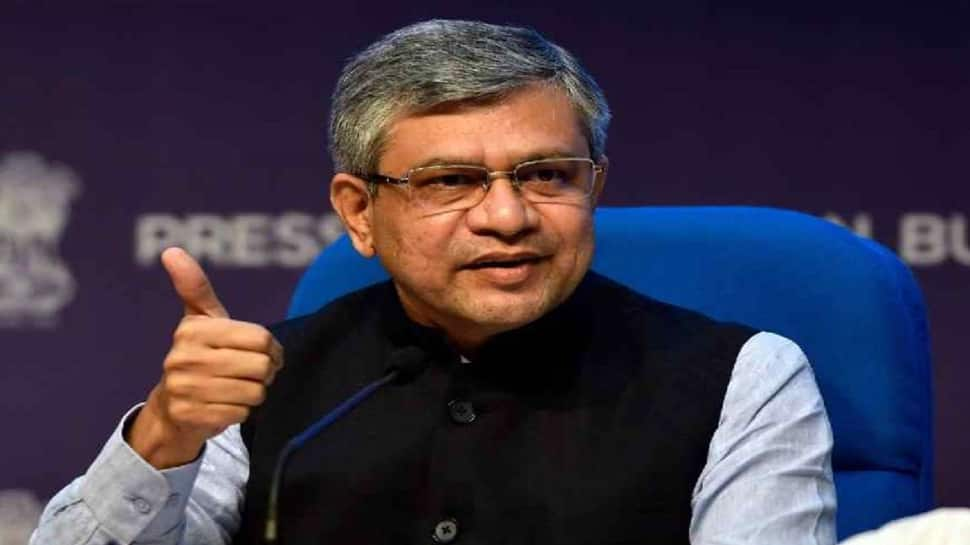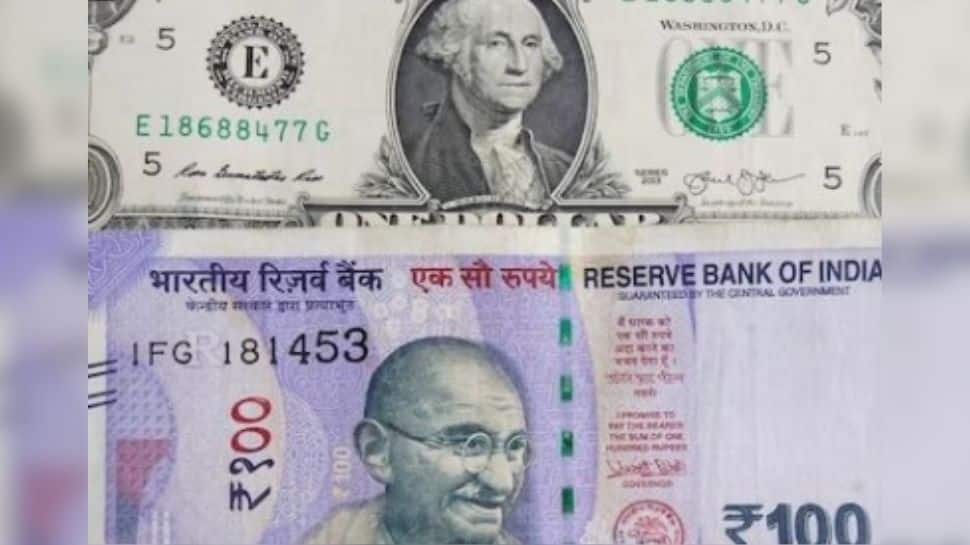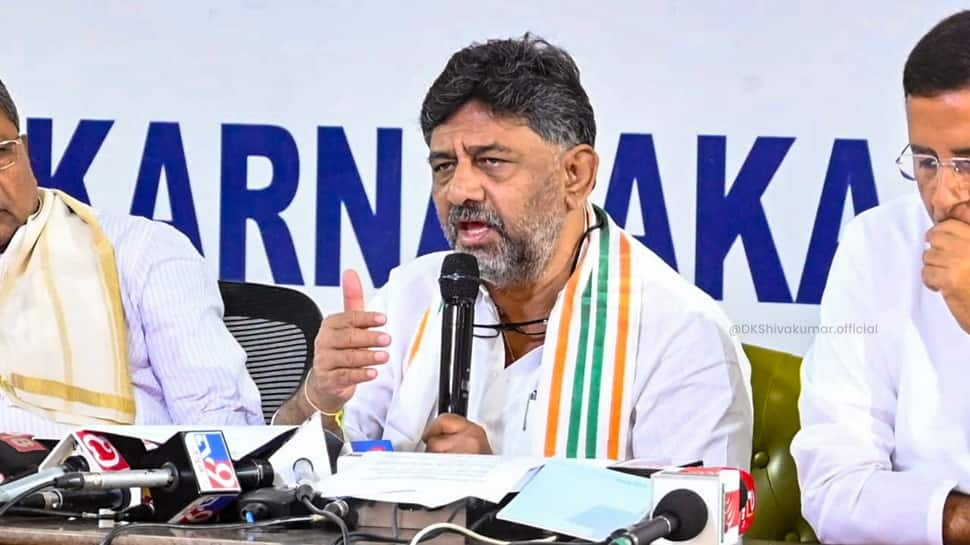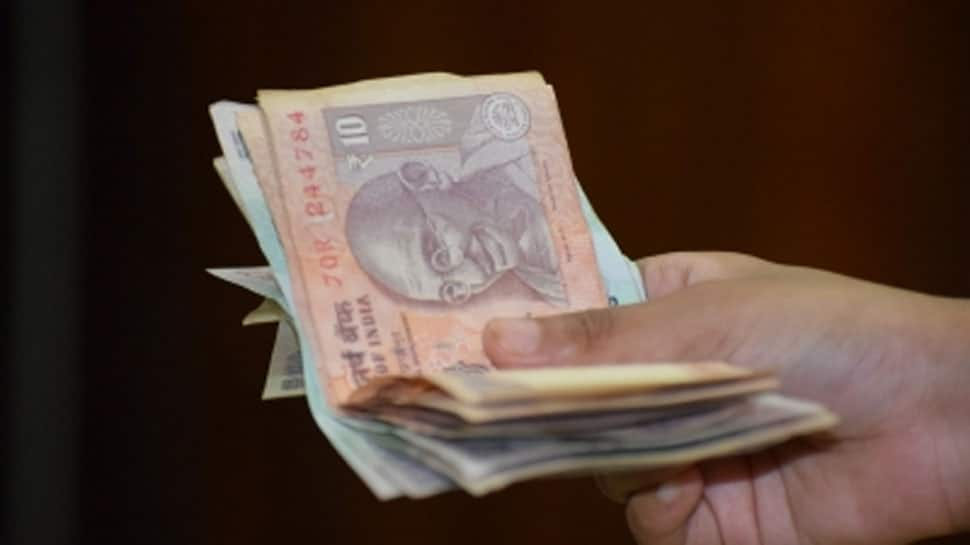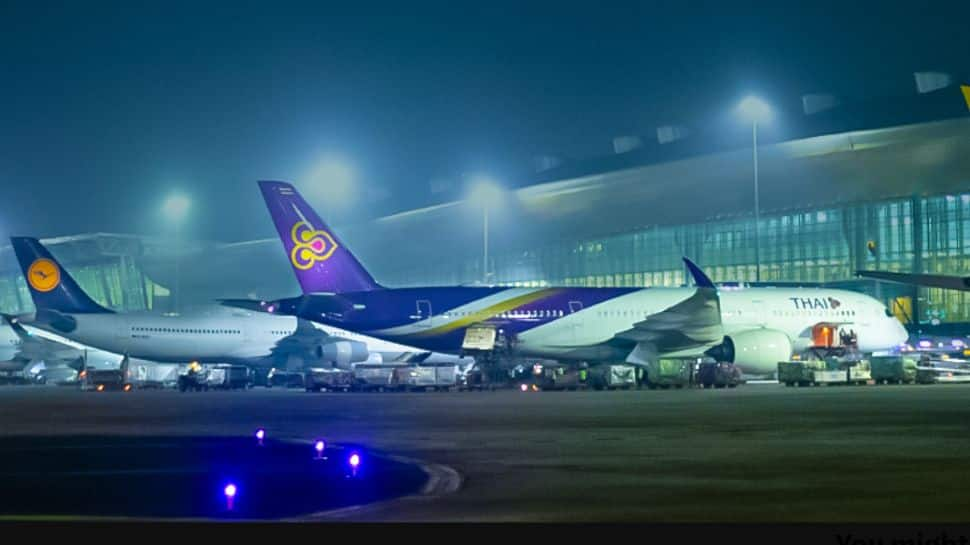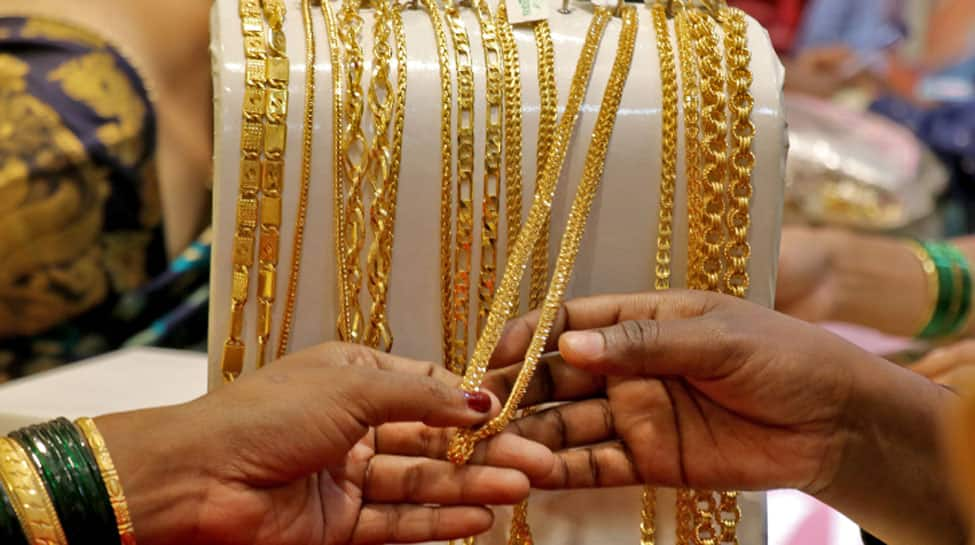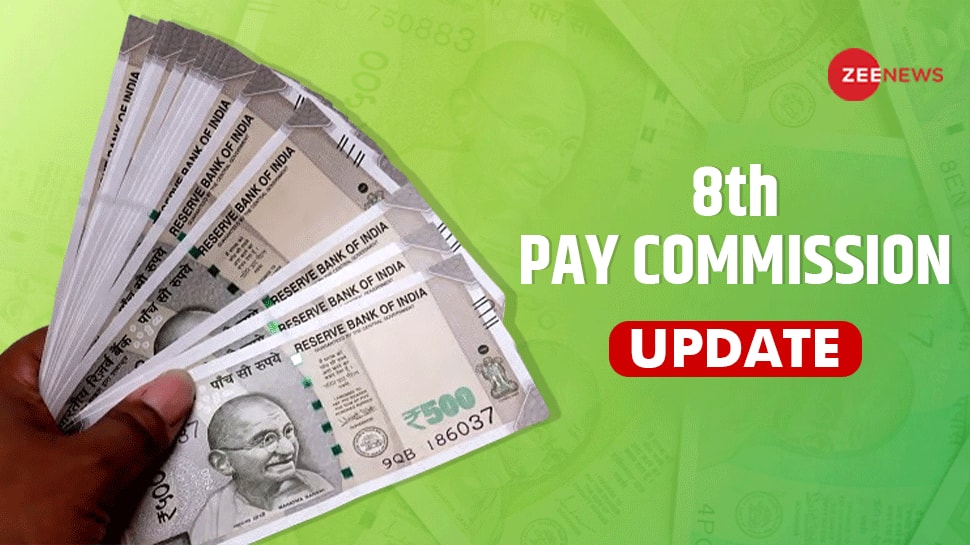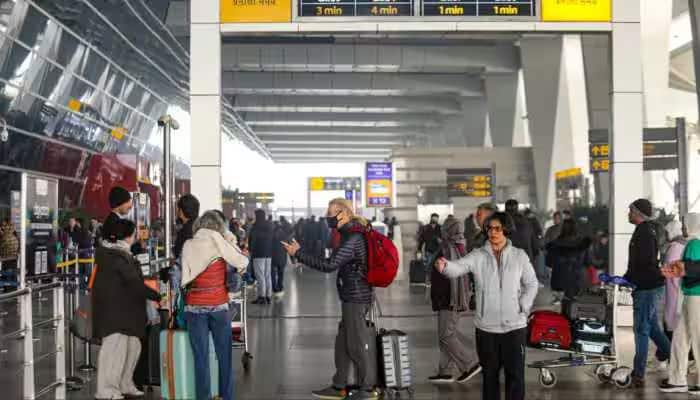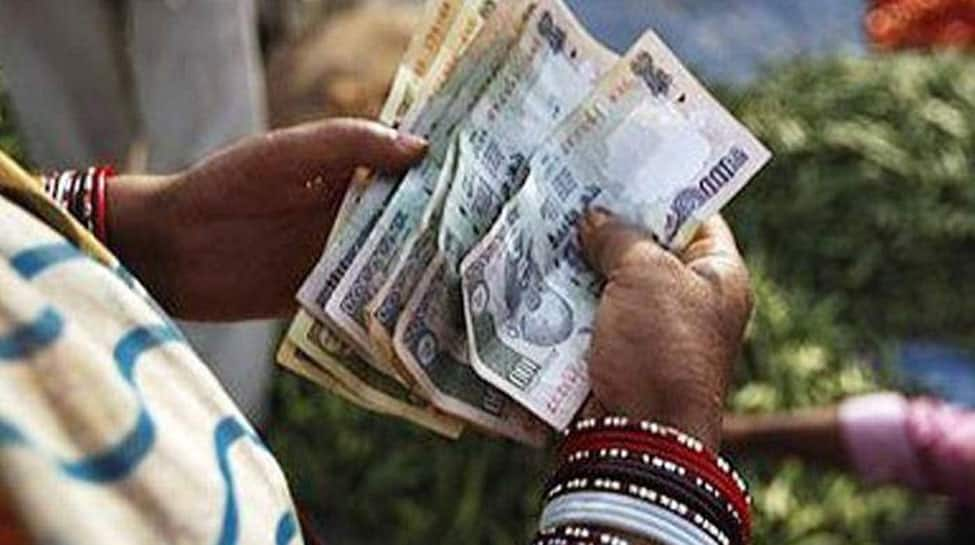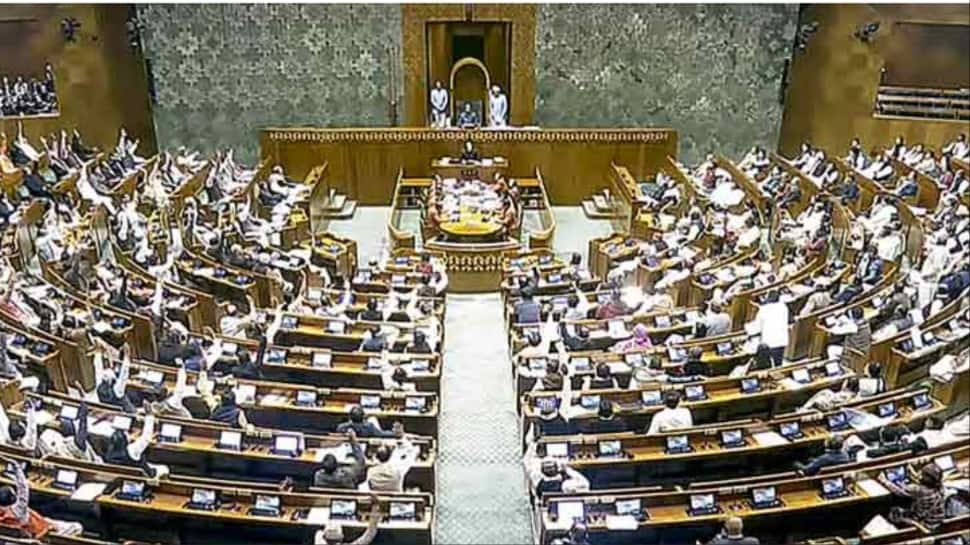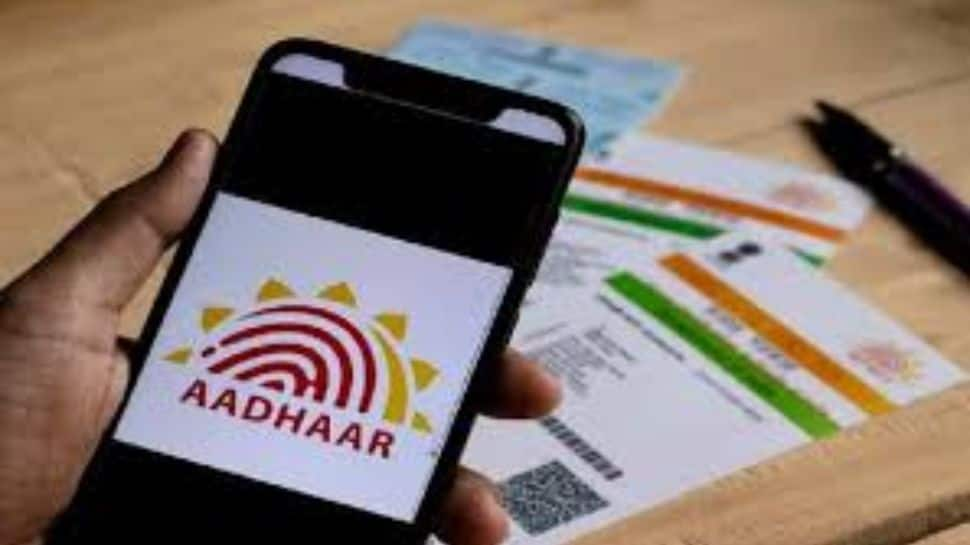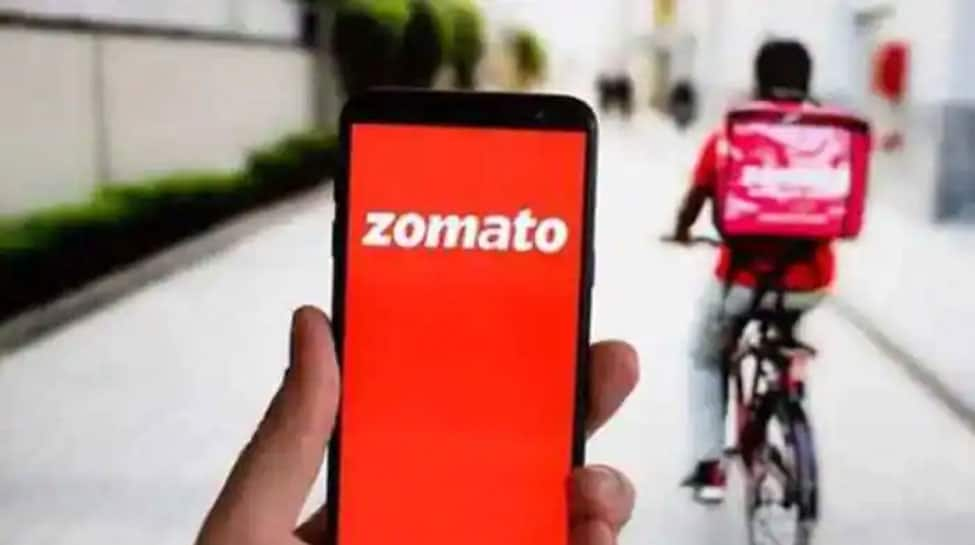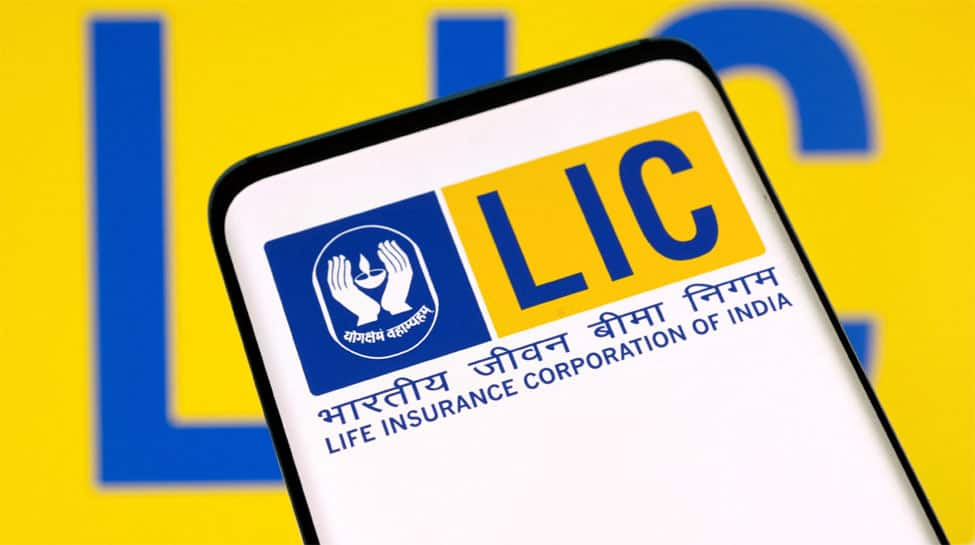Service charge in restaurants: to pay or not to pay?

As the debate around the payment of service charges in hotels and restaurants continues, the service staff in Bengaluru say that these charges and tips are not mere perks, but a necessity to them.
The Delhi High Court noted in a recent judgment that the service charge on restaurant bills must be voluntary, not mandatory. The court ruled that “the mandatory collection of service charge is contrary to law and violates the guidelines”.
“I make around ₹14,000 per month with my salary in the restaurant, and the service charges bring in about ₹2,500 a month as an incentive. It helps me pay my bills on time and sometimes buy essentials for my family,” shared Anil, a waiter at a mid-tier restaurant in Bengaluru.
At a high-end restaurant in the city, server Priya earns a base salary of ₹16,000, bolstered by a ₹3,000 monthly incentive from service charges. “It’s a big help, I use it to support my family and my younger sister’s education,” she noted.
Tip vs service charge
Service charge at restaurants is not just for the wait staff, but is divided among many other employees, including security guards, dishwasher, among others, said the service staff speaking to The Hindu.
However, they also said not all establishments distribute these funds equally or fully to staff. Some restaurant managers also admitted using it for maintenance charges.
A fine-dining chain owner admitted, “Service charges are meant for employees, but often, only 5-6% reaches them. The rest covers wear and tear of crockery and cutlery.”
A manager at a well-known café and bar in Church Street said the 10% service charge they levy supports their employees, including cleaning staff, waiters, among others. It covers a portion of maintenance, and the rest is an incentive for the team, paid out by the 25th of each month alongside their salaries, he added.
Flipside of digital payments
On the other hand, P.C. Rao, president of Bruhat Bengaluru Hoteliers Association (BBHA), said there is a decline in tipping due to the rise of digital payments.
The wait staff at restaurants also noted that the tipping culture has taken a hit in recent years due to the advent of digital payments. “Customers generally leave a tip between ₹20 and ₹50, but now, since most pay online, the tips have come down. The service charge that’s levied on customers, however, is equally distributed among all of us in the service team,” noted a waiter from a well-known restaurant in Malleswaram.
Meanwhile, a manager at a popular restaurant in Malleswaram said that they incorporate it in the food prices itself instead of levying service charge separately.
Explaining the rationale behind some restaurants charging a service charge and some others not doing so, Ashish Kothari, a former owner of pubs and restaurants in the city, said that it might be because of the kind of crowd.
“I cannot clearly say why, but maybe it is because at darshinis and small restaurants, the staff might find it difficult to explain the logic behind the service charge. But at fine dining and other places, the patrons usually understand the logic when staff members give an explanation,” Mr. Kothari said.
But not all customers are on board. “If the service charge reaches the staff, then I don’t mind paying it. But if the owner holds back a percentage, then it’s unfair—the owner is already making a profit from the sales. I think a service charge of 1-2% on the total bill should be fine; 5-10% seems too much. A tipping range between ₹20 and ₹50 feels fair at the present time,” said Pradeep, a resident of Malleswaram.
Published – April 05, 2025 08:09 pm IST

























































































































